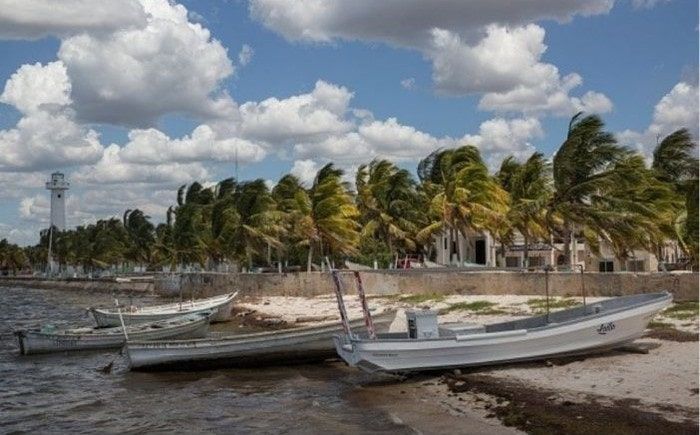The Unpredictable Seaweed Invasion in Yucatán
Sargassum, the mischievous seaweed, has made its mark on Yucatán's shores. Driven by climatic changes, it's less of a problem than in Quintana Roo, but its mysterious journey and potential industrial uses hold a twist.

The Yucatán Peninsula, with its pristine beaches and crystal-clear waters, has long been a traveler's paradise. Yet, lurking beneath the serene surface, there's a nasty character that has been making waves, or rather, seaweed, in this tropical wonderland. Meet Sargassum, the mischievous algal accomplice.
Sargassum, often considered a nuisance, has quite the history in these waters. Back when Christopher Columbus and his crew sailed the seas in the late 15th century, this seaweed was there, but it behaved like a whirlpool's obedient pet, circling the waters. Fast-forward a few centuries, and this seemingly well-behaved alga has rebelled, becoming a prevalent issue that's left scientists scratching their heads. In a twist of fate, it now graces the shores of the Yucatán Peninsula in surprising quantities.




